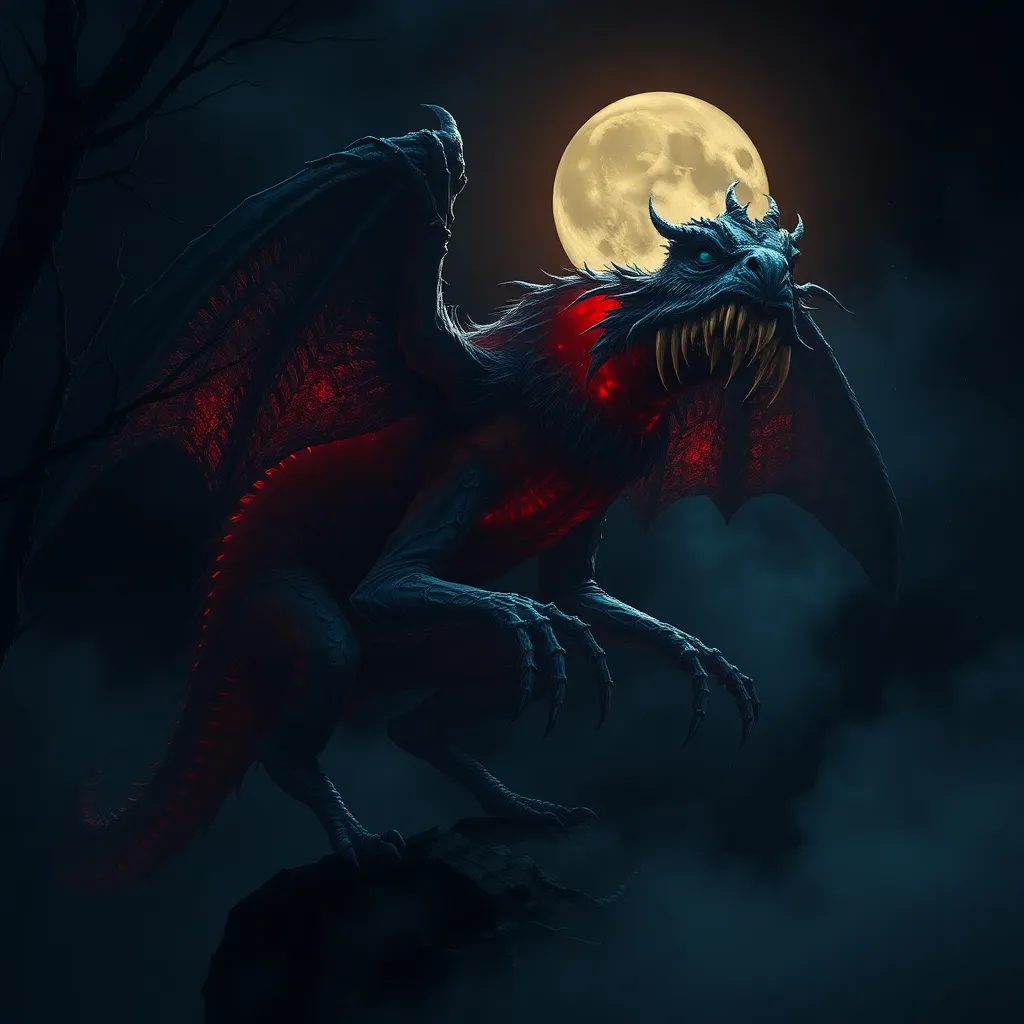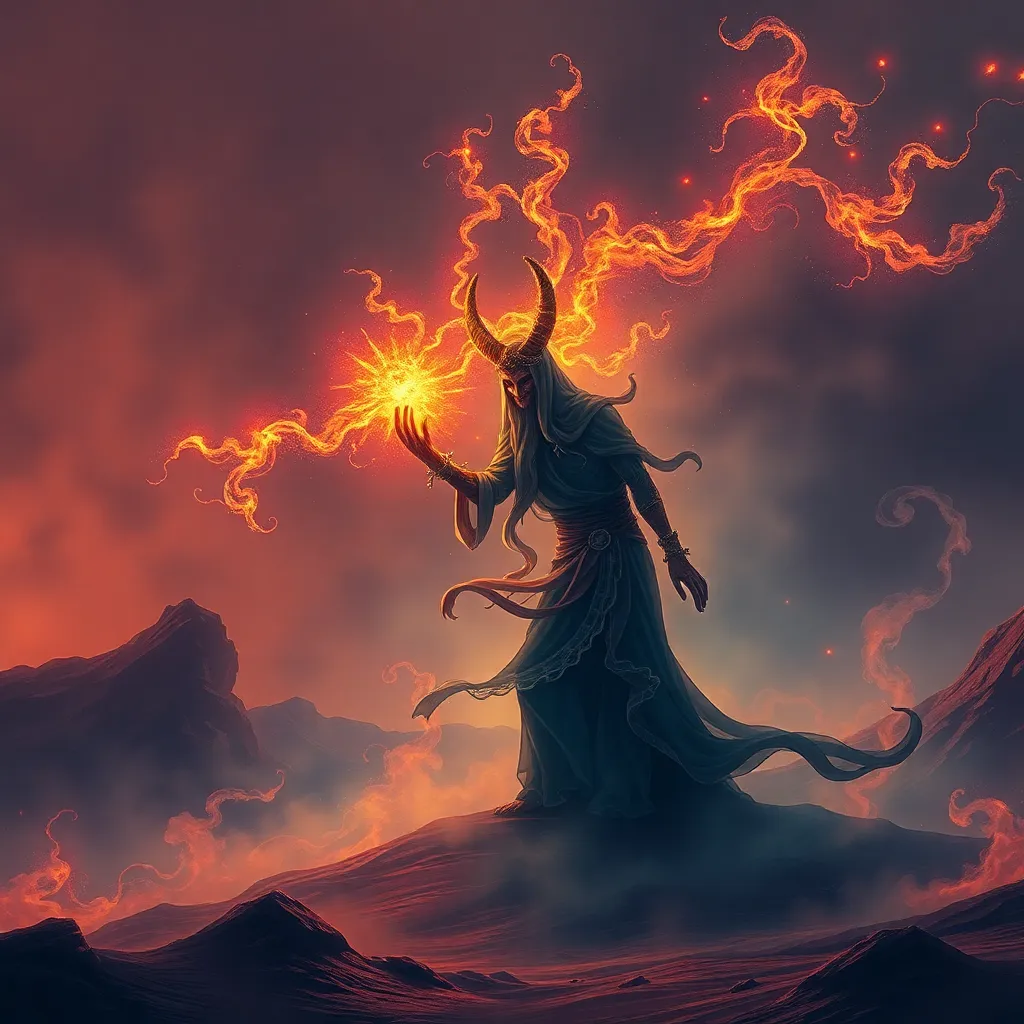Chupacabra in the Night: Exploring the Myth’s Nocturnal Nature and Fear of the Dark
I. Introduction
The Chupacabra, a creature shrouded in mystery and fear, has captured the imaginations of many since its emergence in the late 20th century. Known for its reported attacks on livestock, particularly goats, this elusive being has become a significant part of folklore across the Americas. The legend of the Chupacabra serves not only as a cautionary tale but also reflects humanity’s primal fear of the dark and the unknown.
Nocturnal creatures often occupy a unique space in folklore, symbolizing the fears and anxieties that arise when light fades and the world becomes shrouded in darkness. This article aims to explore the connection between the Chupacabra myth and the fears associated with the night, examining how this legendary creature embodies our deepest anxieties and the cultural narratives that surround it.
II. The Origins of the Chupacabra Myth
The Chupacabra legend first gained notoriety in Puerto Rico during the late 1990s, with reports of livestock found drained of blood, leading to widespread panic among farmers. Since then, the myth has evolved, drawing from various cultural influences and regional variations.
- Historical context and first sightings: The earliest reported sightings of the Chupacabra in Puerto Rico coincided with a period of social unrest and economic difficulty, where the fear of losing livestock exacerbated existing anxieties.
- Cultural influences on the Chupacabra narrative: The Chupacabra mythology has roots in ancient folklore, drawing parallels with other creatures such as the Vampire and the Beast of the Apocalypse.
- Regional variations of the myth: The Chupacabra is often depicted differently in various regions, with some describing it as a small, hairless dog-like creature, while others portray it as a reptilian monster.
III. The Anatomy of Fear: Why We Fear the Dark
Fear of the dark is a universal human experience, deeply embedded in our psychology and evolutionary history. Understanding this fear helps to contextualize the Chupacabra myth within a broader narrative of human anxiety.
- Psychological basis of fear in darkness: Darkness obscures our vision and heightens our senses, triggering a fight-or-flight response that can lead to irrational fears and heightened anxiety.
- Evolutionary perspectives on nocturnal threats: Throughout history, humans have faced threats from nocturnal predators, making the fear of darkness a survival mechanism that persists today.
- The role of fear in shaping folklore: Folklore often serves as a reflection of societal fears, with tales of monsters and creatures emerging from the darkness acting as a means of processing and understanding these fears.
IV. Chupacabra Descriptions: The Night Stalker
The Chupacabra is often described in vivid and terrifying terms, with various accounts providing insights into its physical traits and behaviors associated with nighttime activity.
- Common physical traits attributed to the Chupacabra: Descriptions range from a hairless, dog-like appearance to a reptilian creature with spikes along its back. Most accounts emphasize its glowing red eyes and elongated limbs.
- Behavioral patterns associated with night activity: The Chupacabra is primarily reported to be active at night, feeding on livestock and evading human detection, which adds to its mystique and fear factor.
- Comparisons to other nocturnal predators: The Chupacabra is often likened to wolves, coyotes, and even mythical creatures like vampires, underscoring its role as a feared nocturnal predator.
V. The Chupacabra’s Impact on Agriculture and Livestock
The fear of the Chupacabra has had tangible effects on agriculture, particularly in rural communities where livestock is a primary source of income and sustenance.
- Reports of livestock attacks and their implications: Numerous reports of livestock being found dead or drained of blood have sparked panic and led to increased security measures among farmers.
- Community responses to perceived threats: Farmers have formed vigilante groups, conducted night patrols, and engaged in discussions about the best ways to protect their livestock from the Chupacabra.
- The role of fear in agricultural practices: The Chupacabra myth has led to changes in farming practices, including enhanced fencing and the use of guard animals to deter potential nocturnal threats.
VI. The Chupacabra in Popular Culture
As the Chupacabra myth has evolved, it has permeated popular culture, appearing in various media and becoming a symbol of societal fears.
- Representation in media and literature: The Chupacabra has been depicted in television shows, movies, and books, often serving as a metaphor for deeper societal anxieties.
- The influence of pop culture on the myth’s evolution: As its presence in popular media increases, the Chupacabra myth continues to adapt, reflecting changing fears and cultural narratives.
- Chupacabra as a symbol of societal fears: The creature embodies the fear of the unknown, the loss of control, and the vulnerability of rural communities, resonating with audiences on multiple levels.
VII. Debunking Myths: Science vs. Folklore
Despite the widespread belief in the Chupacabra, scientific explanations and investigations have sought to debunk the myth, providing alternative narratives for the reported sightings.
- Scientific explanations for Chupacabra sightings: Many alleged Chupacabra sightings have been attributed to misidentified animals, such as coyotes suffering from mange, which can give them a hairless appearance.
- The role of hoaxes and misinformation: Some reports of Chupacabra encounters have been exposed as hoaxes, fueled by the media’s sensationalism and the public’s fascination with the supernatural.
- How folklore persists in the face of scientific evidence: Despite debunking efforts, the Chupacabra myth endures, illustrating how folklore can thrive even when scientific explanations are available.
VIII. Conclusion
The Chupacabra myth remains a potent symbol of humanity’s fear of the dark and the unknown. As we explore the origins, cultural significance, and impacts of this legendary creature, it becomes clear that the Chupacabra serves as a reflection of our deepest anxieties and societal fears.
In examining the relationship between fear, darkness, and folklore, we gain insight into the ways myths shape our understanding of the world around us. The enduring nature of the Chupacabra myth reminds us that even in an age of science and reason, the allure of the unknown continues to captivate and terrify.
Ultimately, myths like the Chupacabra help us navigate our fears, providing a framework through which we can confront and understand the darkness that lurks both outside and within.



